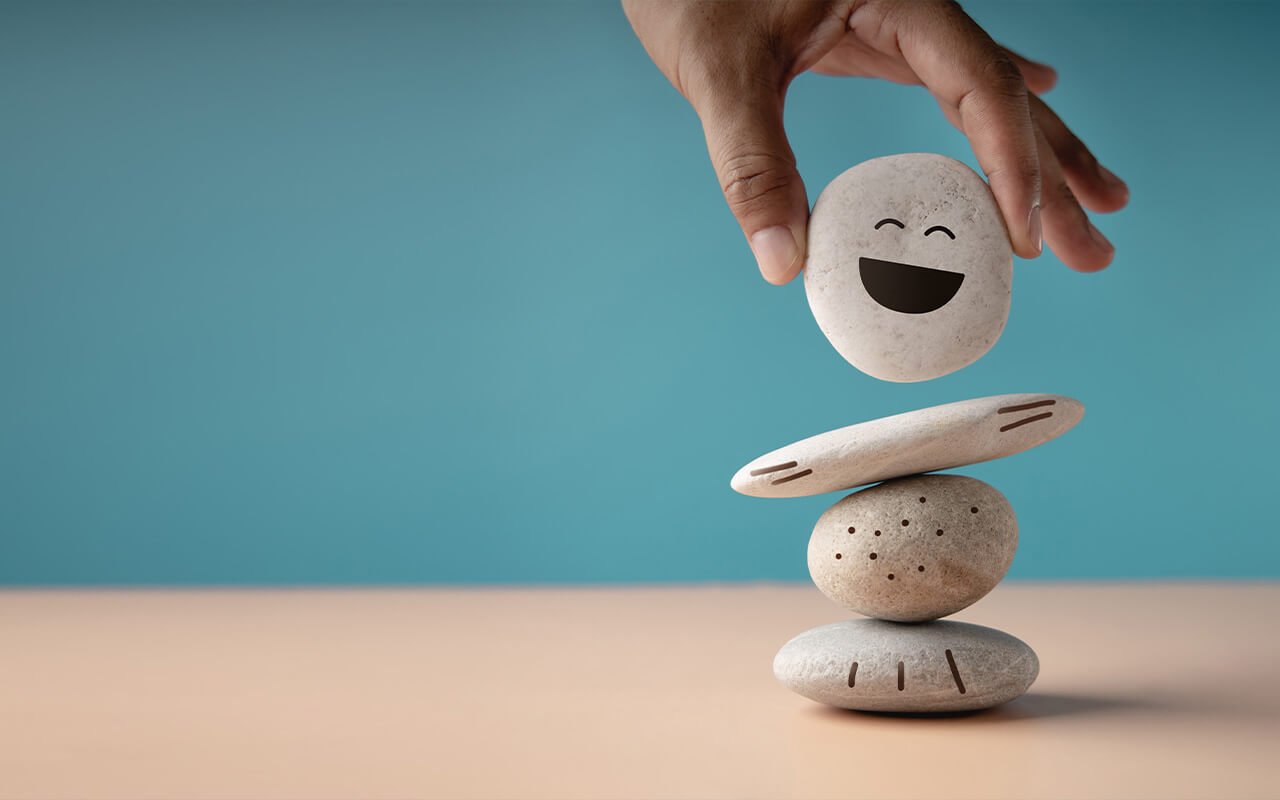In the world of graphic and web design, aesthetics and functionality often take center stage. However, an often underestimated yet powerful element of design is the emotional impact it can have on users. In this article, we’ll explore the profound influence of emotional design and how it can forge lasting connections between design and users.
Understanding Emotional Design
Emotional design transcends mere visual appeal—it is about eliciting genuine emotional responses from users, creating a sense of connection, engagement, and understanding. In essence, it embodies empathy in design.
Take, for example, the Apple website. Its design is not solely about showcasing products; it is about delivering an experience. The design conjures emotions of simplicity, elegance, and innovation, making users feel they are part of an exclusive and sophisticated club.
The Role of Color Psychology
Color wields immense influence in emotional design. Different colors can evoke distinct emotions, and understanding this psychology is a powerful tool for eliciting desired user responses.
Consider the branding of Coca-Cola, which predominantly features the color red. Red is associated with happiness and celebration, aligning perfectly with the brand’s image.
Typography and Emotional Impact
Typography, too, plays a pivotal role in emotional design. Different fonts can convey varying emotions; for instance, serif fonts may evoke a sense of tradition and respect, while sans-serif fonts are often seen as modern and clean. Choosing the right typography is essential to reflect the intended emotional tone of your design.
The New York Times website is a prime example of effective typography use. The publication’s use of a serif font reflects its rich heritage and reputation for delivering high-quality journalism.
Creating a Narrative Through Design
Storytelling is a compelling method to establish an emotional connection with users. Websites like Airbnb use the power of storytelling to create this connection. Their design is not solely focused on booking accommodations; it is about embarking on a journey and feeling like a global citizen.
Designing for Empathy and Inclusivity
Inclusivity in design is another facet of emotional design. Ensuring that your design is accessible to all users, regardless of their abilities, is an empathetic approach that fosters a strong emotional bond with the audience.
Dropbox’s website, for example, is built on principles of accessibility and inclusivity, catering to a diverse user base while exemplifying a design that values empathy.
In the fast-paced digital world, emotional design is a powerful tool for creating memorable user experiences. It’s about more than just aesthetics; it’s about connecting with your audience on a profound level. By leveraging color psychology, typography, storytelling, and inclusivity, designers can create designs that resonate with users’ emotions, making a lasting impact.
Disclaimer: The information provided in this article reflects the state of emotional design principles at the time of writing. Design trends and strategies may evolve, so it’s advisable to stay updated with the latest developments in the field.
References:
